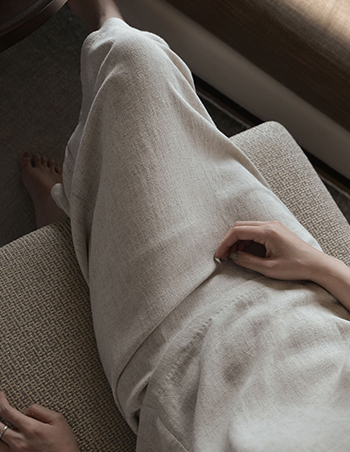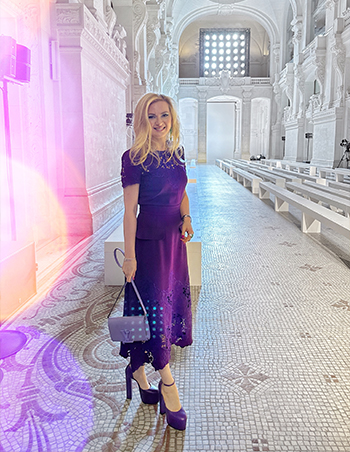
The History of Haute Couture in Fashion
Date: 07/14/2023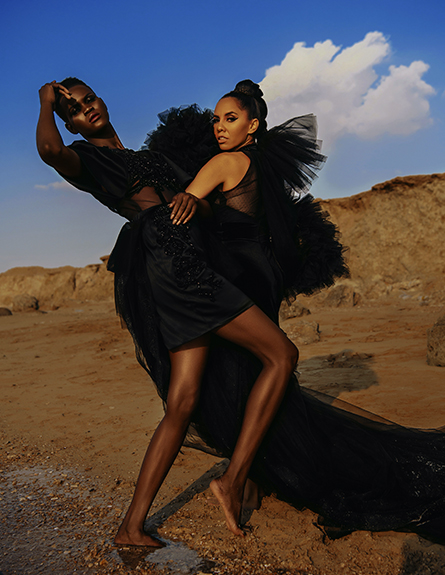
What sparked the first wave of stunning high fashion?
As I just came back from Paris Haute Couture week I decided to dedicate this next article on this fascinating topic.
Sure, in 2023 Haute Couture has evolved to symbolize the highest quality of fashion, and often the most expensive, with some design houses like Thierry Mugler and LaCroix actually halting haute couture activities due to their high cost.
But what I want to know is what haute couture has meant to the fashion world since the term’s inception in the mid-nineteenth century. What does it represent? Where did the term originate? And what types of clothing are considered truly ‘haute couture’?
As we explore these questions together, let’s build our understanding of what happens when fashion and textiles meet the Avant Garde, and enjoy all the stunning details that the history of haute couture has to offer.
What does Haute Couture mean in fashion?
The term ‘haute couture’, as you may have guessed, is a French term that literally means ‘in the spirit of’ or ‘high’ sewing or dressmaking’ in English. By that token, a ‘couturier’ is defined as the person (or establishment) that makes haute couture clothing, including the use of patternmakers, machinists, and other industry assistants.
According to proper definitions of the term, haute couture is the creation of exclusive, custom-fitted clothing using high-quality, expensive, and unusual fabrics. Apparently, it is in the haute couture genre of fashion that designers truly get the chance to show their skill, as it is reserved for deeply capable sewers who are willing to put a large amount of time and effort into their creations. Obviously, being an older term, it is also marked by the use of hand-sewing techniques that give credence to the detail that each design invokes–though these days the term is expanding into other areas of popular culture, including fine art and music.
What are the rules of Haute Couture in fashion?
Strangely enough, the term haute couture has been protected by law in France since about 1868. As such, the term’s definition is protected by the Chambre Syndicale de la Haute Couture (or the Federation of Haute Couture). They are essentially the last word in who gets to consider their clothing in the realm of high fashion. They even draw up a list of eligible fashion houses worthy of the label every year!
The true role of the Chambre/Federation started as a way to regulate members and communicate relevant show details like dates, number of models, press relations, and promotions. By 1945 however, a more rigorous criteria was established for what can be considered ‘true’ haute couture. For instance, to be considered for the yearly list, designers must have:
- Designed custom clothing to-order for private clients, including one or more fittings with said client:
- An atelier (or workshop) located in Paris that employs at least 15 members of staff
- Access to at least 20 full-time support staff available to one workshop.
- A collection of at least 50 original designs that has been presented during every fashion season, or, twice a year. This collection must also include day-wear and evening-wear.
These rules are still in use today, and they certainly continue to add to the exclusivity of those brands deemed worthy of the title: haute couture.
Where did Haute Couture come from?
Although the term is French, ‘Haute Couture’ was popularly used as a kind of idiom to describe Englishman Charles Frederick Worth’s produced dress-making work in the mid 1800s. In fact, he is considered one of the founding members of the Chambre Syndicale, and one of the original couturiers!
So why did the term really gain traction with this one dressmaker? What was it that projected his designs to the upper echelons of society?
Well, sources say it was because he changed popular perception of how to look at clothing. In essence, he redefined the term dressmaker into artist, or fashion designer, by preparing a portfolio of designs that was shown on live models at his atelier, House of Worth. This allowed custom buyers to see the clothes they were going to buy before purchase, and also meant they could choose their own colors and styles. As the story goes, he also jumped on the band-wagon of creating ready-to-wear clothing–a trend that was gaining widespread popularity at the time as well.
That being said, the first references to Haute Couture are said to date back as far as the early 17th century, where a fashion designer named Rose Bertin (who created stunning looks for Queen Marie Antoinette!) delivered incredible fashions that visitors to Paris had their local dressmakers copy when they got back home. These dresses served as the original model for haute couture, and for a time French dressmakers were all the rage throughout Europe–it was considered of the highest class to be wearing real Parisian garments.
Where to go for Haute Couture
Worth was among the first to create an aura of haute couture around his clothing, but he is not the only one. Closely following behind this big presence in the world of fashion are recognizable names like Lanvin, Chanel, Schiaparelli, Balenciaga, and Dior.
As we still come to recognize these names today, it’s exciting to know that when these design houses were ascending to the heights of popularity, young designers were breaking away from even these famous counterparts to open their own haute couture ateliers. You might recognize some of the names of the designers who trained under Balenciaga and Dior for instance, including Yves Saint Laurent, Hanae Mori, and Ted Lapidus.
Where else can you find haute couture in 2023?
Well, one place to keep looking is Vogue’s Met Gala, which is a huge publicity opportunity for designers who are trying to make their name in haute couture fashion. As the industry becomes ever more expensive and lavish, it’s a once-in-a-career opportunity for designers to showcase their ‘worth’ on the world stage.
Otherwise, as I mentioned, the industry is somewhat hard to get into, and costs can be prohibitive. Imagine, it takes about 150 hours to complete just one simple suit or garment…and that doesn’t cover material or promotional costs. Then, if you add the time it takes for embroidery or other customizations, you’re looking at anywhere between 1,000 and upwards of 6,000 hours of work-time. That’s up to 250 days of work without rest or breaks! With only about 2,200 seamstresses available (or eligible) to work on haute couture pieces, it can be difficult to get important pieces across the finish line quickly.
Actually, this is a good moment to point out that this is often the reason why the clothes we wear cost so much. We are supporting artists and artisans in their development of the most refined looks, and then we get to benefit from this finery as it ‘trickles down’ into the ready-to-wear fashions most of us have access to.
What’s your Haute Couture?
Now, even though the guidelines for what truly constitutes haute couture are somewhat rigid and inflexible, it is fun to think about the clothes we have in our closets that may have been customized for us–whether because we love to sew, or because we have the pleasure of being in connection with amazing fashion designers who are willing to go custom!
So I want to ask: what is your haute couture? What kinds of fashions do you own (or want to own) that absolutely scream high fashion?
Right now, for me, it’s the hand-made gown I wore to the Harry Winston gala reveal of their latest collection, Royal Adornments, done up by Le Qua Atelier! It was an absolutely fairy tale of a gown, and I am so happy to have had the chance to show it off, and show off what Le Qua can do–I mean, just look at how stunning the feather detail and crinoline accents:
 I imagine I’ll be seeing so much more fine fashion and haute couture ensembles during the upcoming haute couture week in Paris, and I can’t wait to share with you more of what I see! Stay tuned, and keep me in the know about your latest favorites from the haute couture lines you love!
I imagine I’ll be seeing so much more fine fashion and haute couture ensembles during the upcoming haute couture week in Paris, and I can’t wait to share with you more of what I see! Stay tuned, and keep me in the know about your latest favorites from the haute couture lines you love!


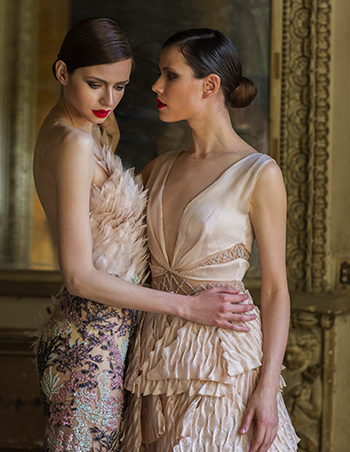
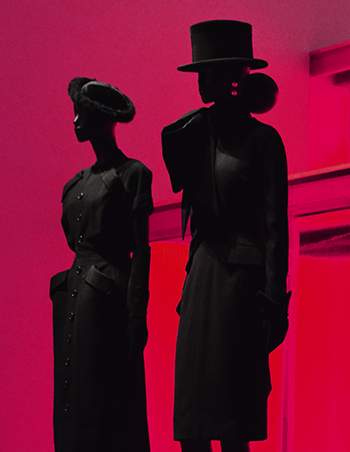
Until then, all my heart,

Lena
SUBSCRIBE
Get the latest updates, sneak peeks and more.
 Back To All Posts
Back To All Posts Previous Post
Previous Post